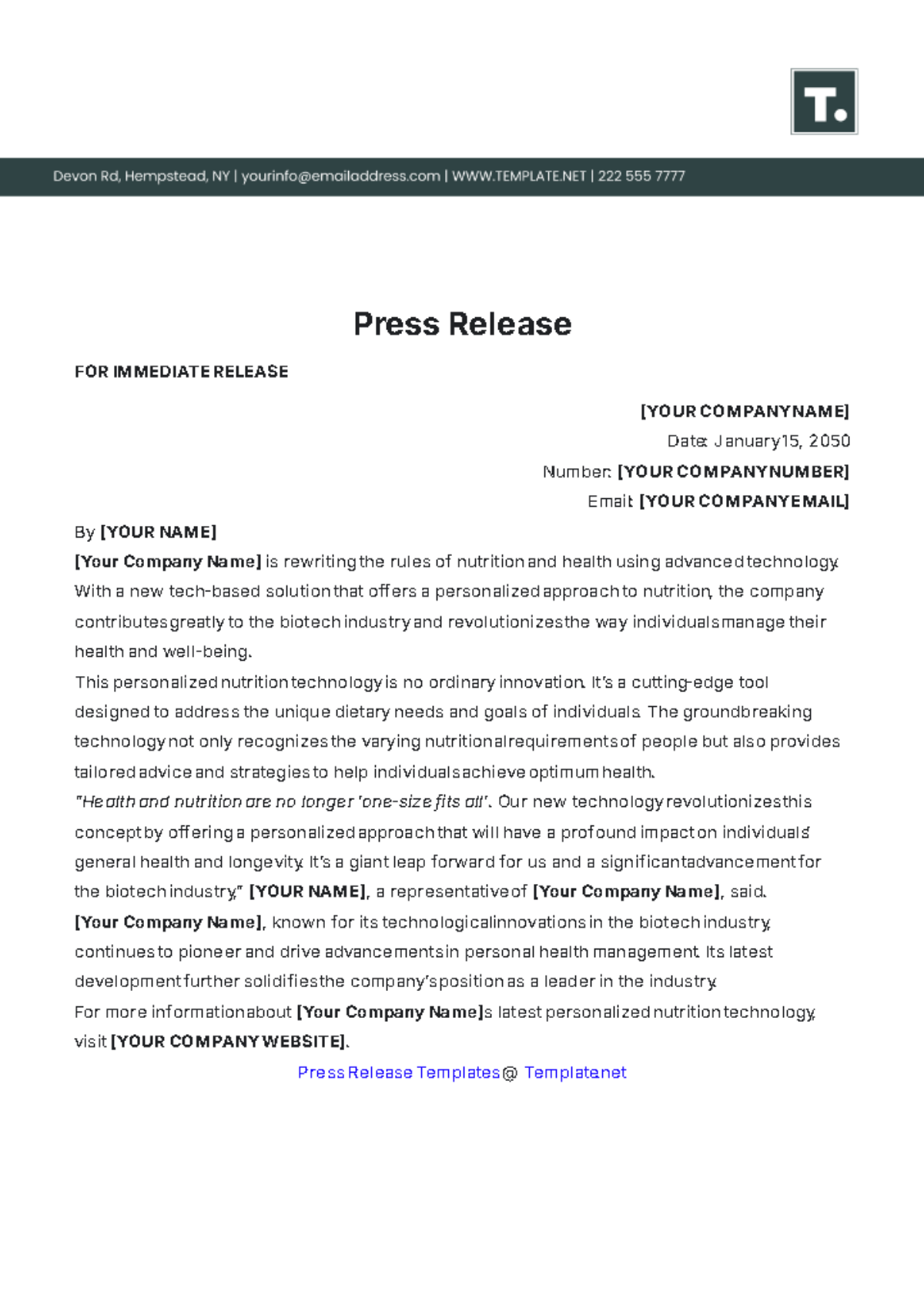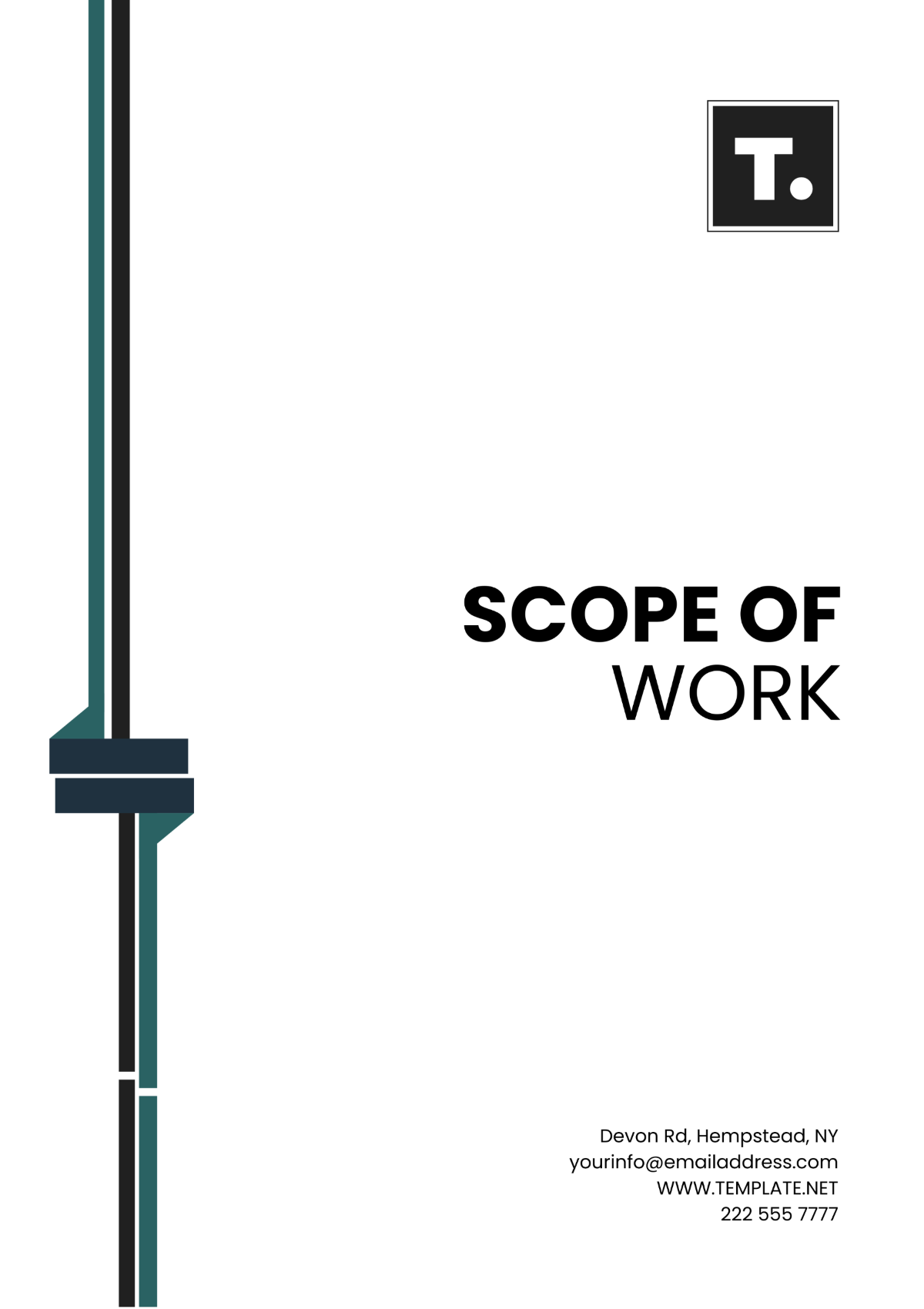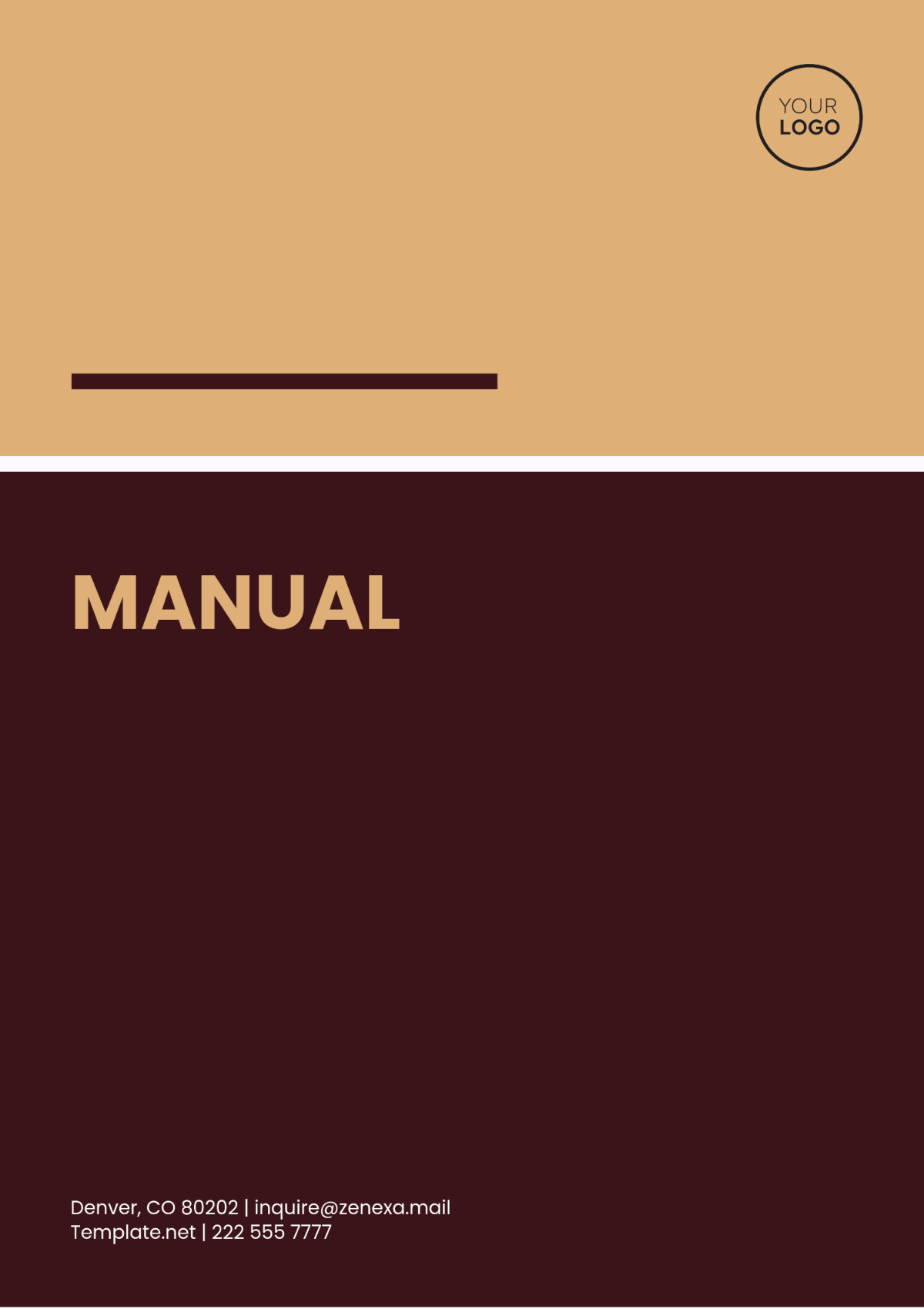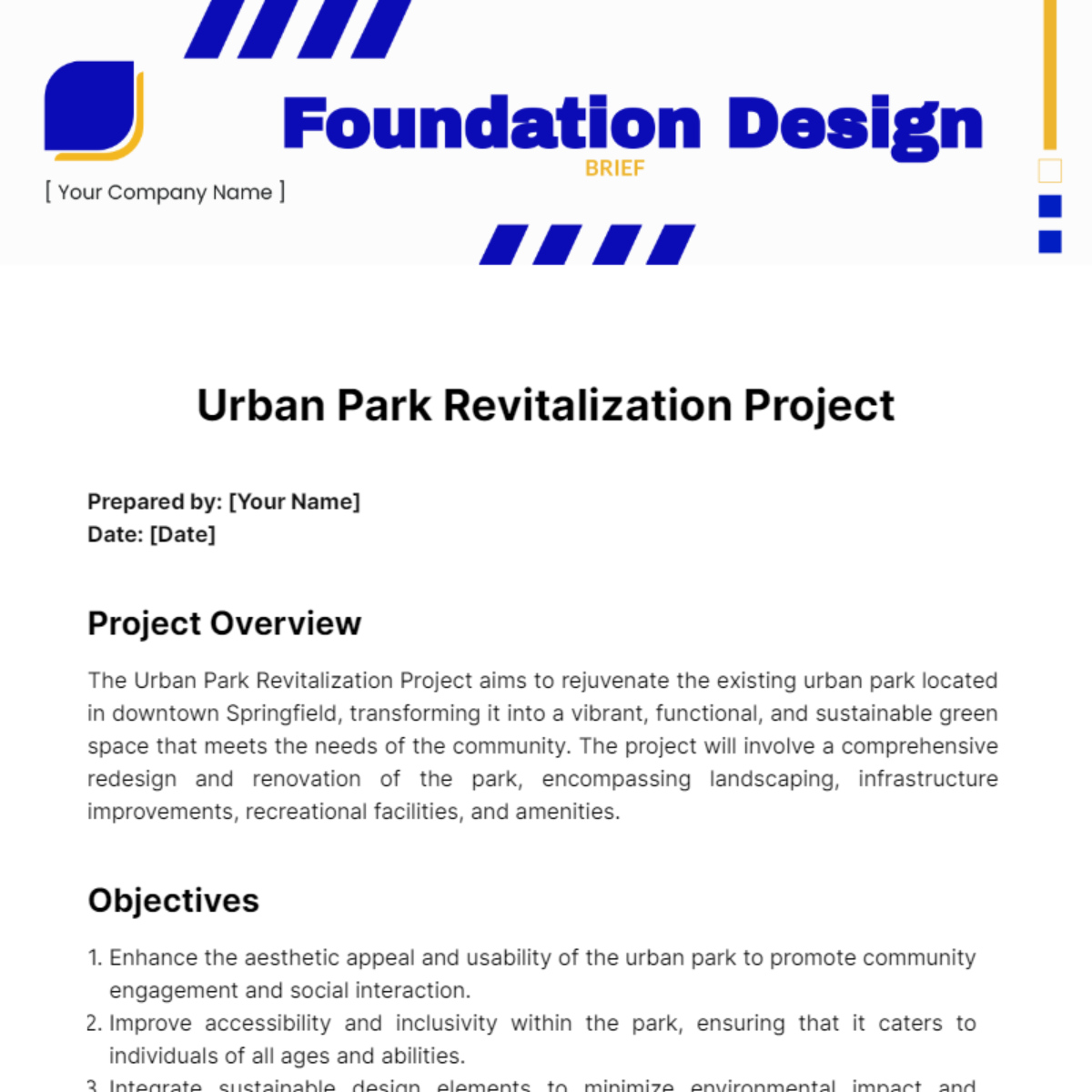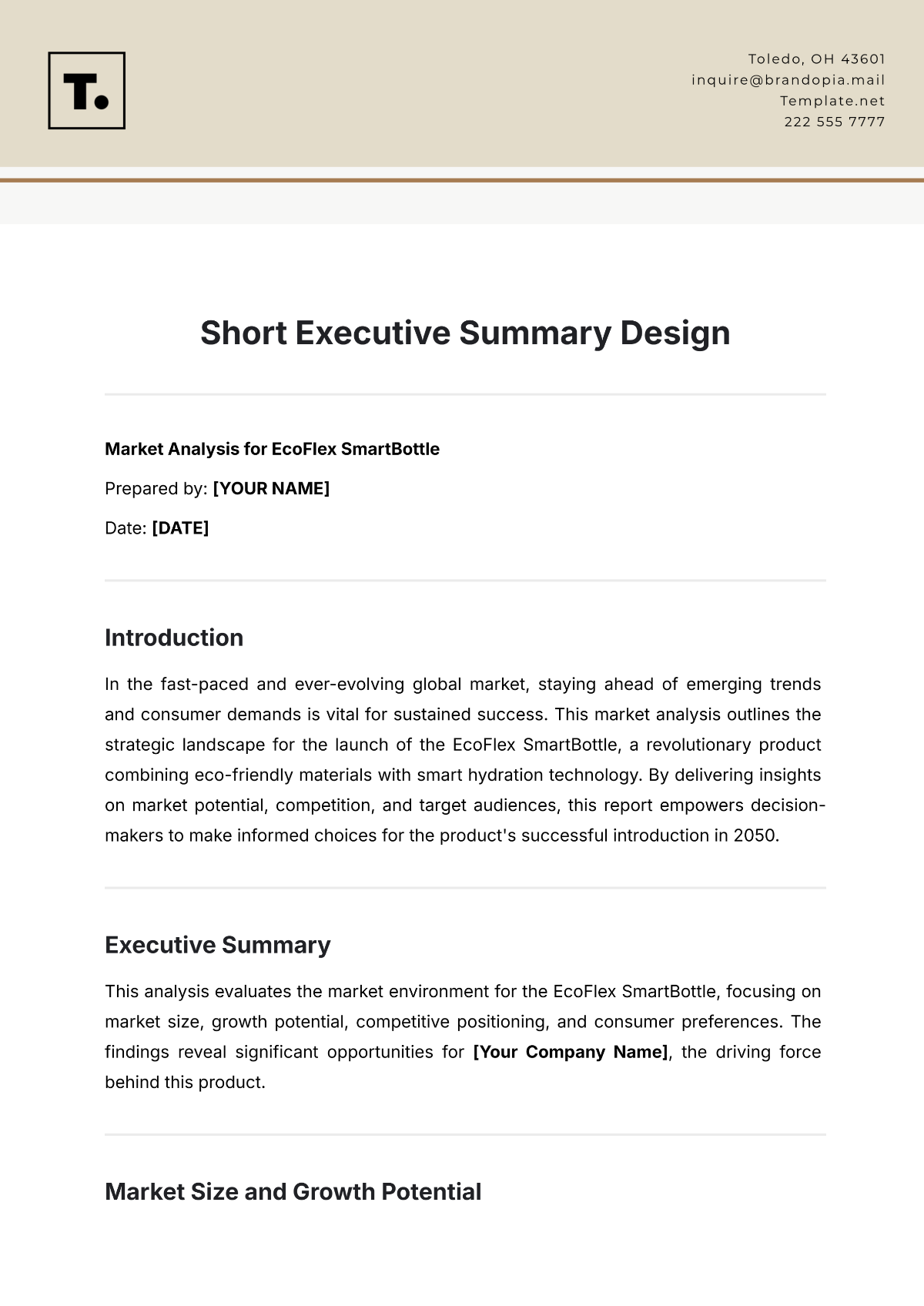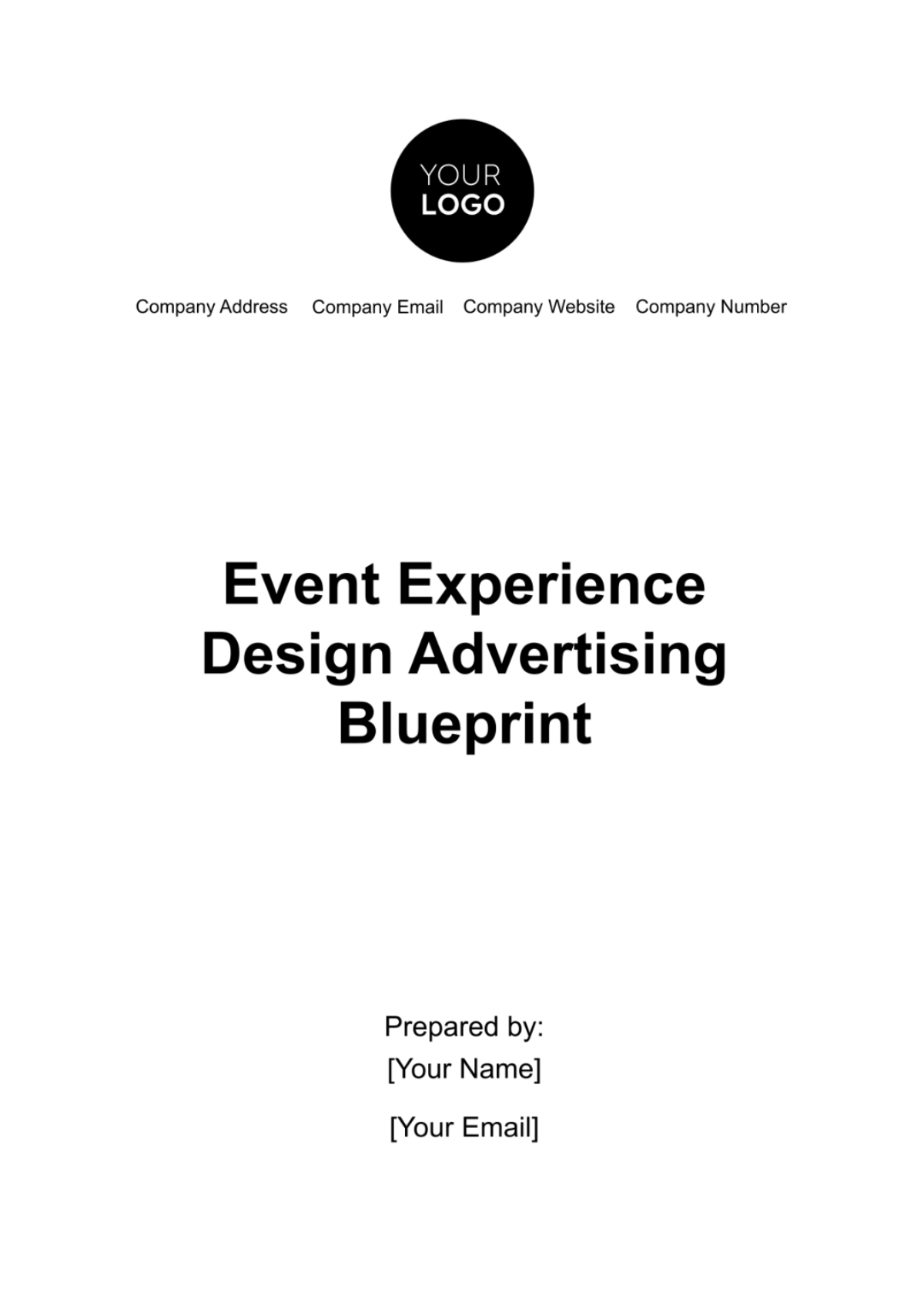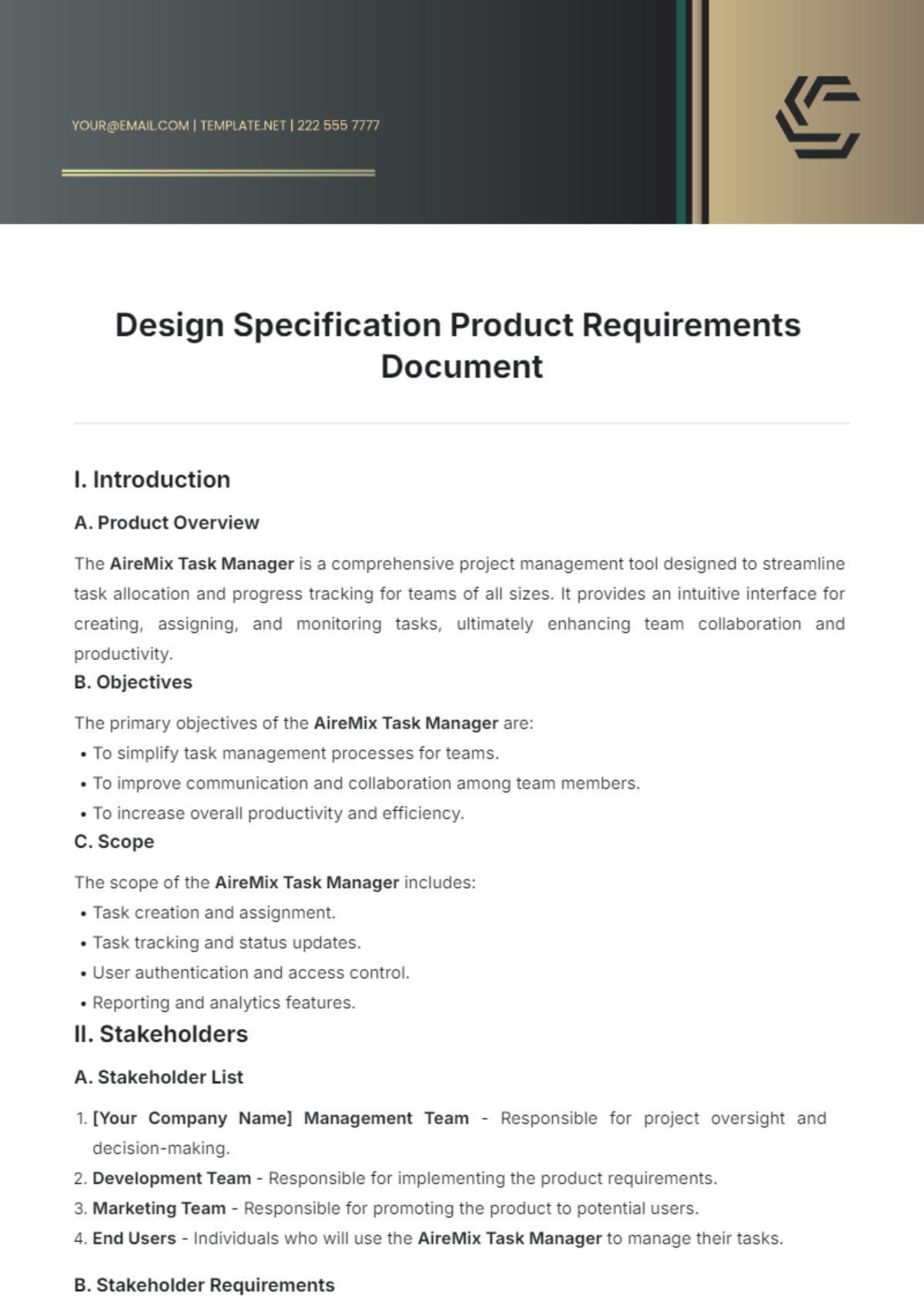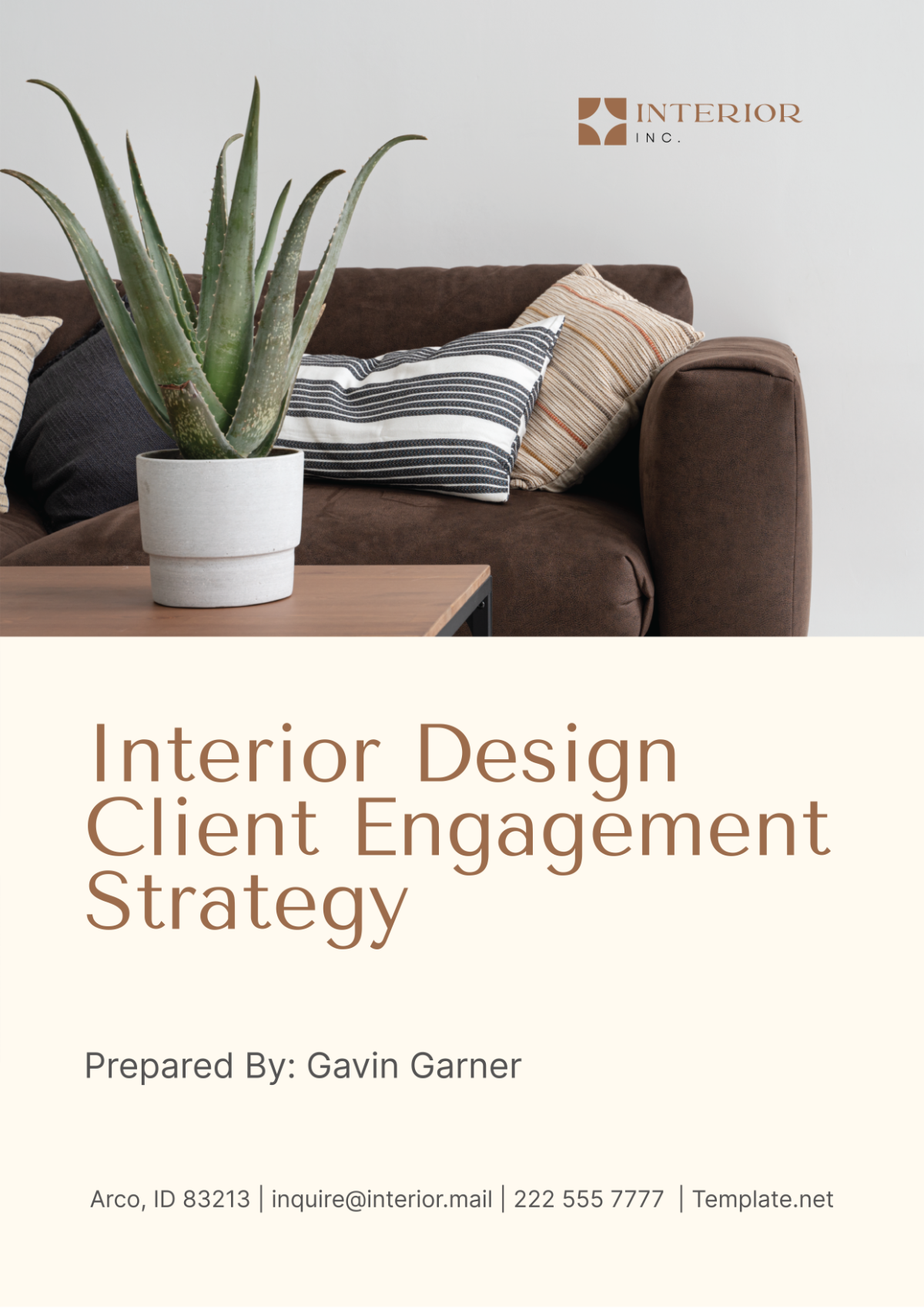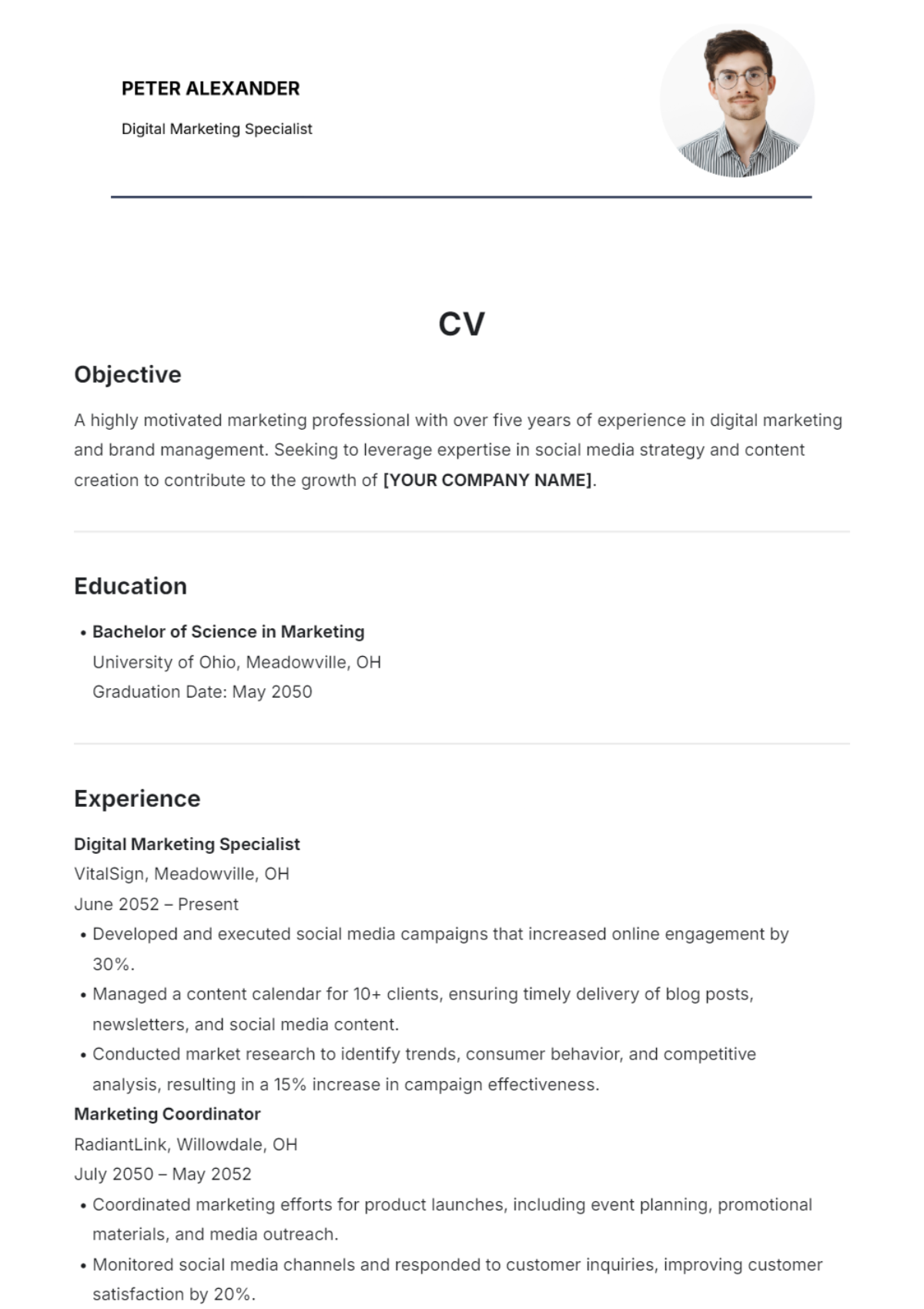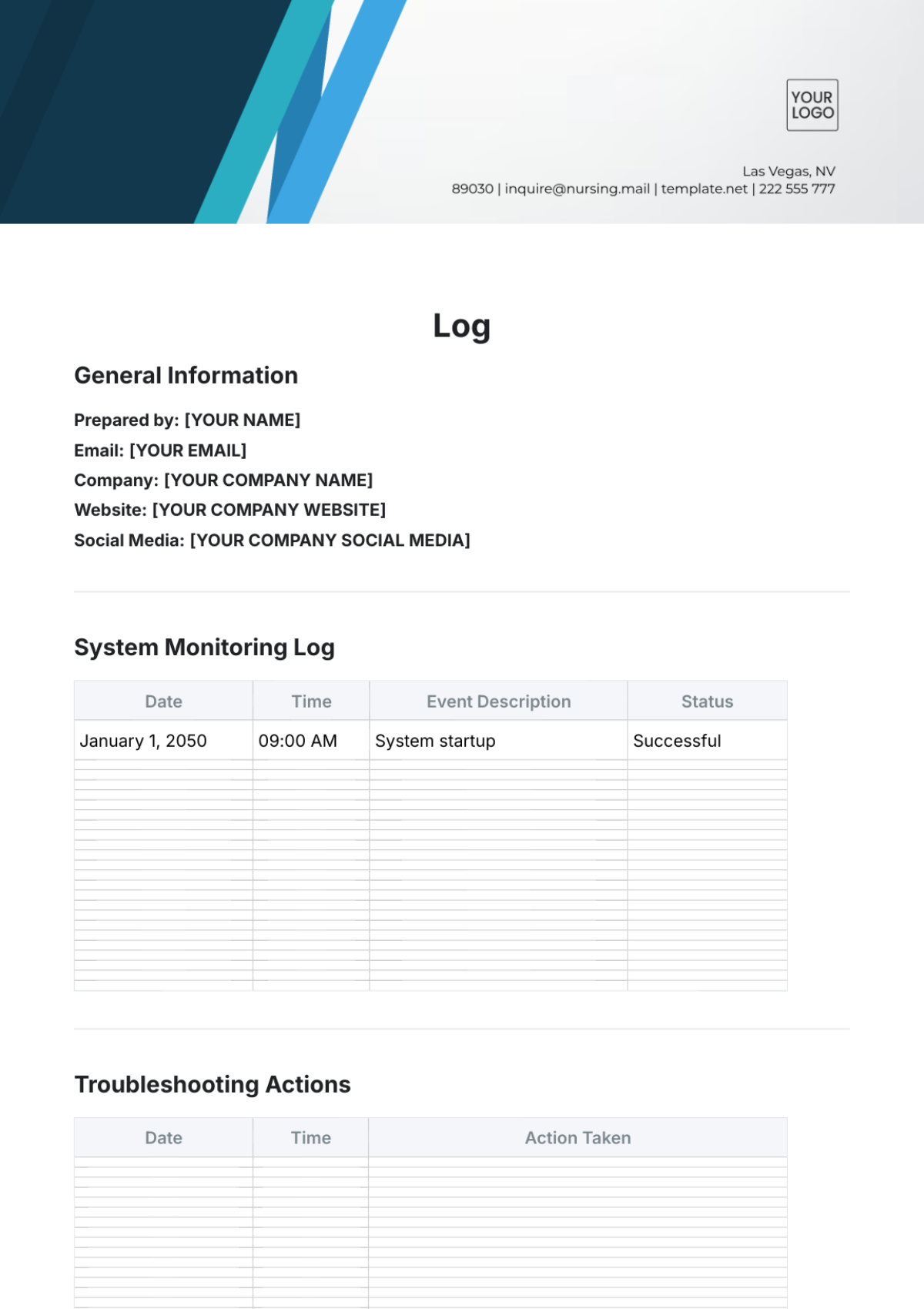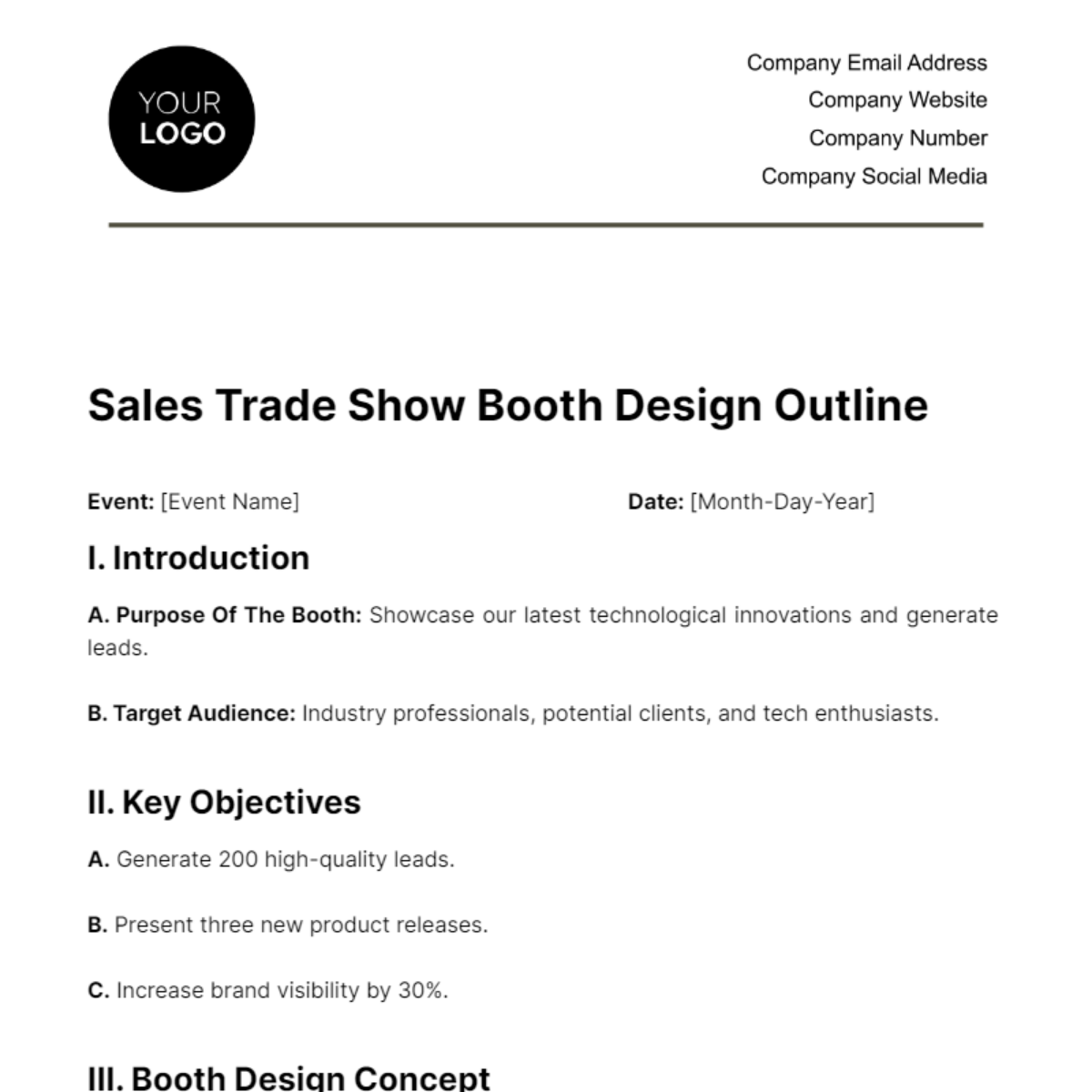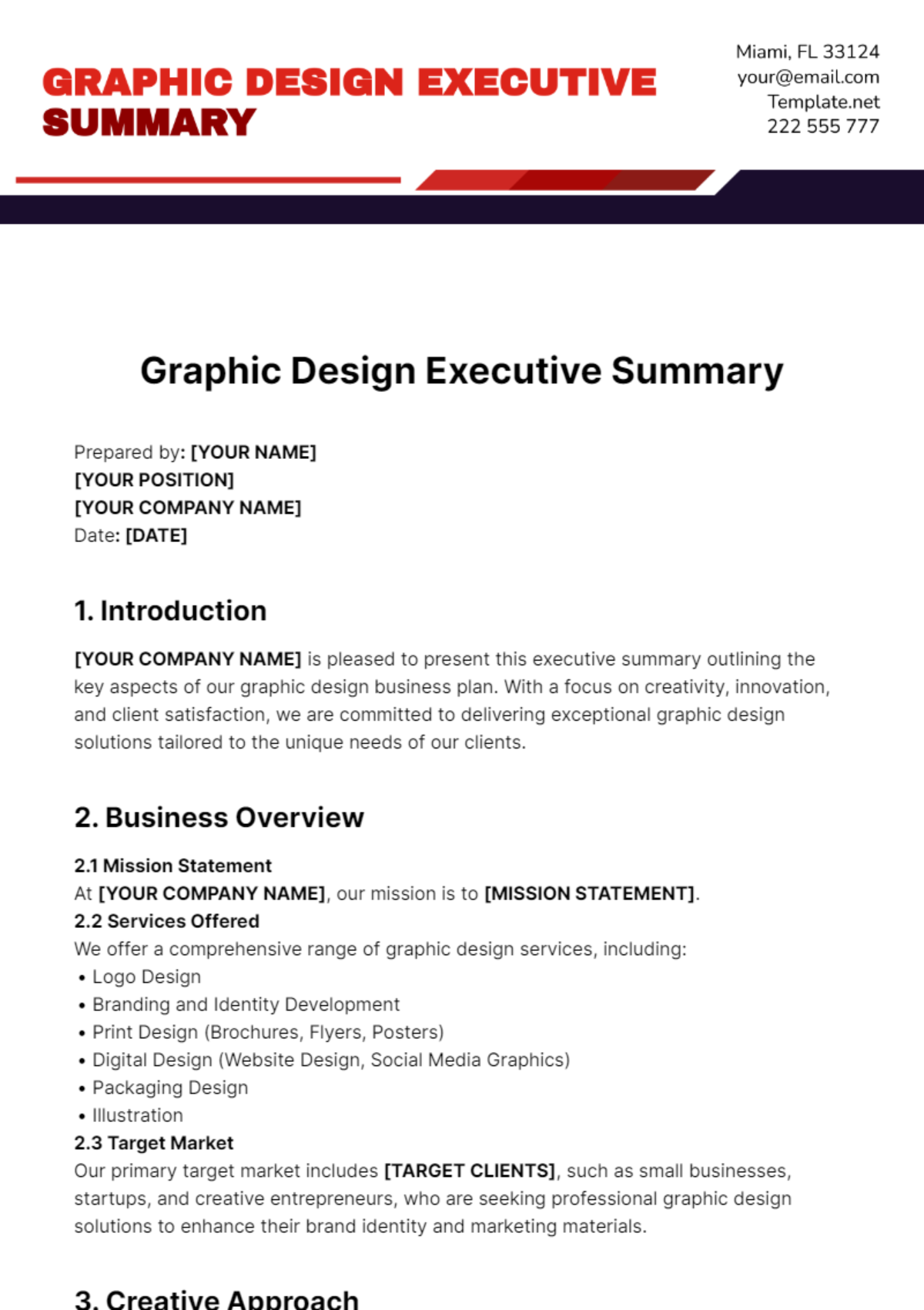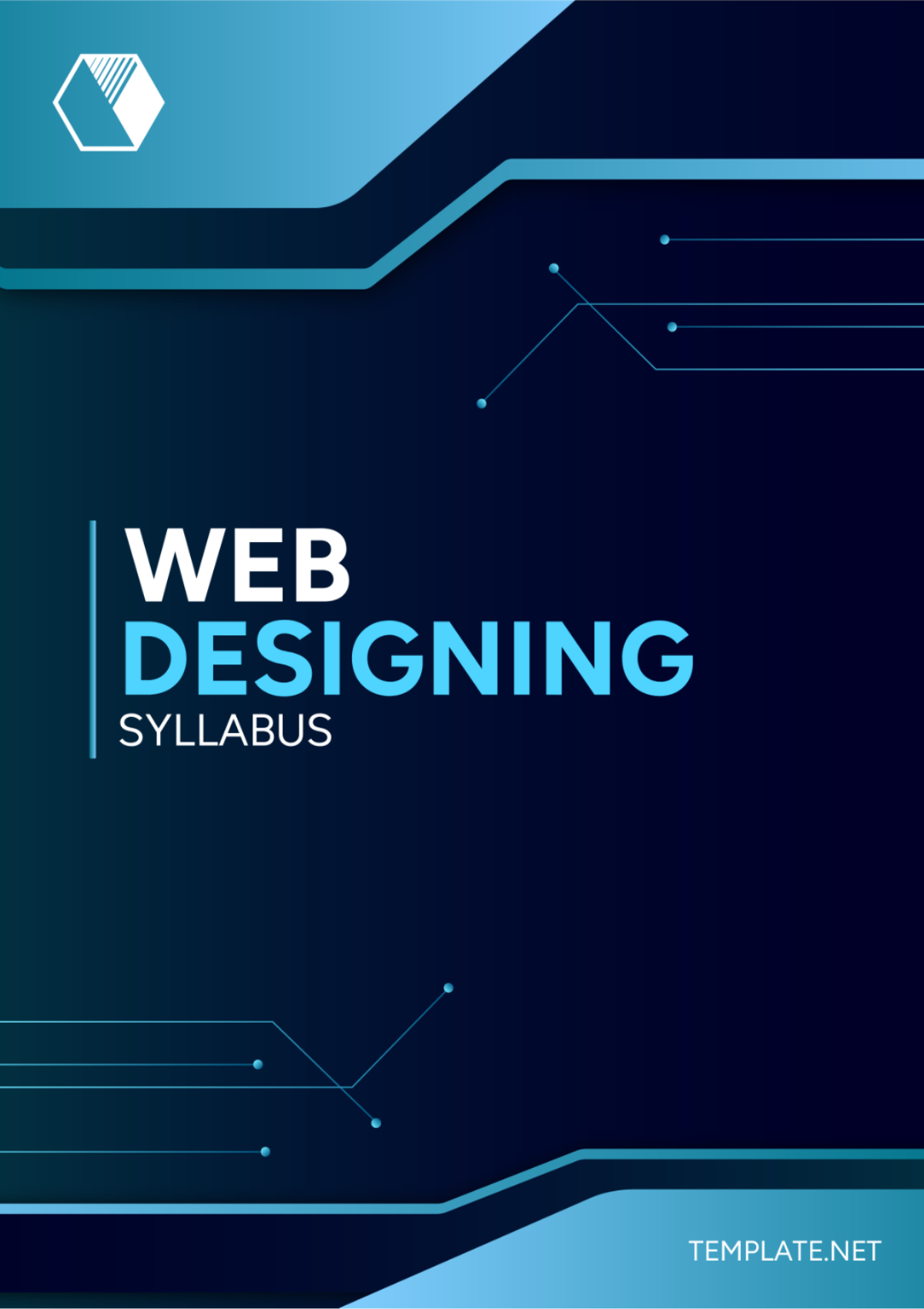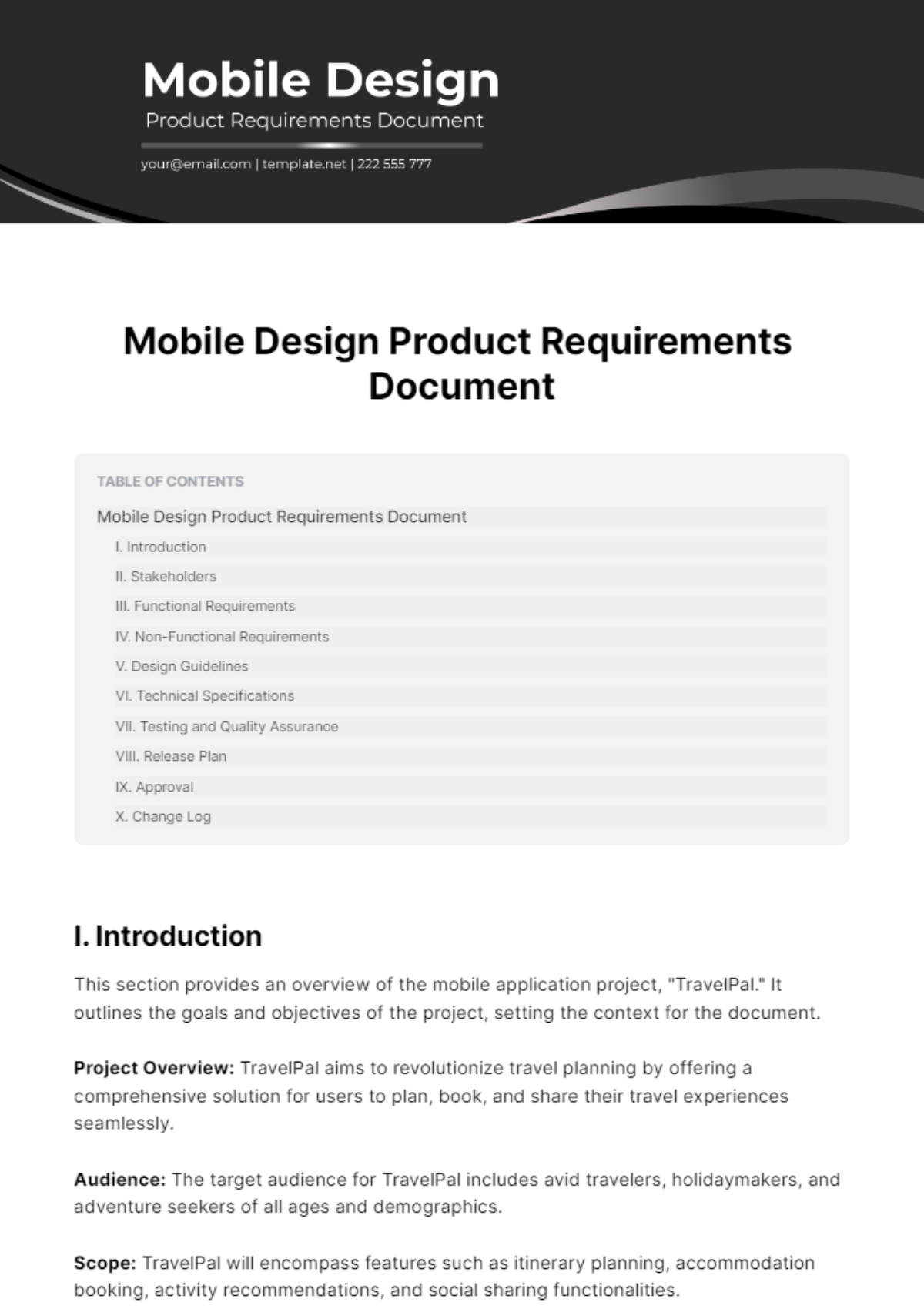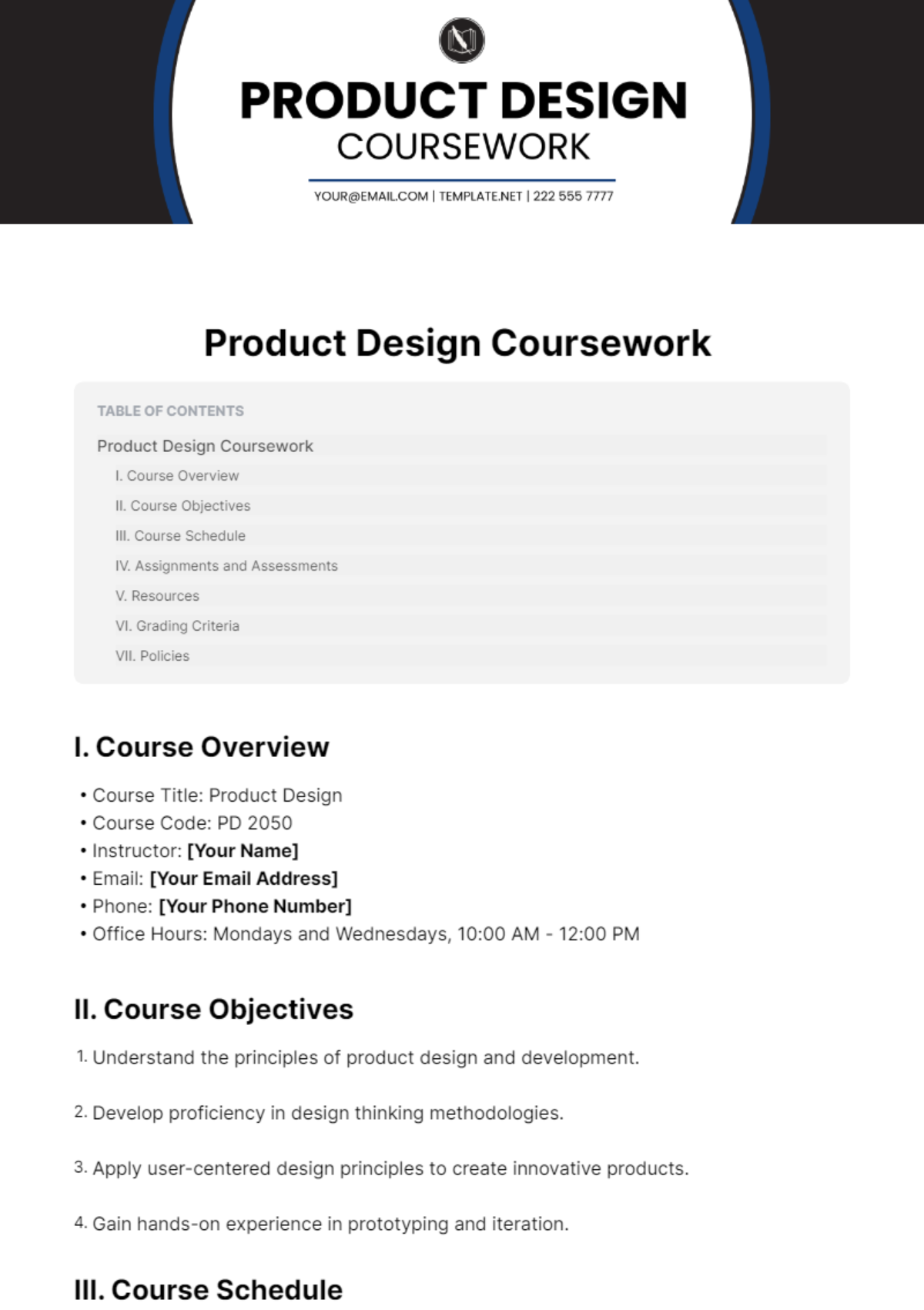Art and Design Observational Study
Prepared by: [YOUR NAME]
Date: [DATE]
I. Introduction
This study aims to explore the intricacies of art and design practices by observing and analyzing various methodologies and techniques used by professionals in the field. The objectives are to identify common and unique approaches, understand the thought processes behind these practices, and provide a comprehensive overview of current trends and innovations in art and design.
II. Methodology
The study utilized several observational techniques, including field observations, in-person studio visits, and interviews with artists and designers. Observers documented their findings using detailed notes, photographs, and audio recordings. The study sample included artists and designers from diverse backgrounds, with a focus on capturing a broad spectrum of styles and practices.
III. Findings
Detailed observations uncovered significant trends in art and design practices, emphasizing various notable developments and patterns in these creative fields.
Emphasis on Sustainability: Many artists and designers are using sustainable materials and practices to reduce their ecological footprint, reflecting increased environmental awareness and contributing to a more sustainable future.
Integration of Technology: The rise of digital tools and 3D printing is transforming design, enabling more efficient and innovative product development through sophisticated software and rapid prototype production.
Interdisciplinary Approaches: There is a notable trend towards blending different artistic disciplines, such as combining visual arts with performance art or integrating traditional crafts with modern technology.
Practice | Observation Details |
|---|---|
Use of Natural Materials |
|
Collaborative Projects |
|
Immersive Experiences |
|
IV. Discussion
The findings highlight a notable shift towards more sustainable and technologically integrated art and design practices. This evolution is reshaping the creative landscape in several significant ways:
Sustainability: There is a growing emphasis on using eco-friendly materials and methods. Many artists and designers are adopting sustainable practices to minimize their environmental impact, reflecting an increased awareness of ecological concerns.
Technological Integration: The adoption of digital tools and 3D printing is transforming traditional design processes. These technologies enable more efficient creation and innovation, facilitating rapid prototyping and advanced product development.
Interdisciplinary Collaboration: A marked trend towards interdisciplinary approaches is evident. Artists and designers are increasingly blending different disciplines—such as combining visual arts with performance art or integrating traditional crafts with modern technologies. This collaborative spirit fosters a more holistic and interconnected creative process.
These trends indicate a paradigm shift in art and design, where creativity transcends traditional boundaries, embracing fluidity and adaptation. This evolution allows practitioners to effectively address contemporary issues, utilize modern tools, and push creative limits, highlighting the dynamic interplay of sustainability, technology, and interdisciplinary collaboration.
V. Conclusion
This observational study provides valuable insights into current trends and practices in art and design. The key findings underscore the importance of sustainability, technological integration, and interdisciplinary approaches. These observations are significant as they reflect the evolving nature of the art and design fields, offering a glimpse into the future of creative practices.
VI. References
Doe, J. (2050). Art and Sustainability. Creative Journal, 23(4), 45-60.
Smith, A. (2059). Technology in Modern Design. Design Today, 15(3), 12-25.
Johnson, B. (2051). Interdisciplinary Art Practices. The Art Review, 30(2), 99-110.








